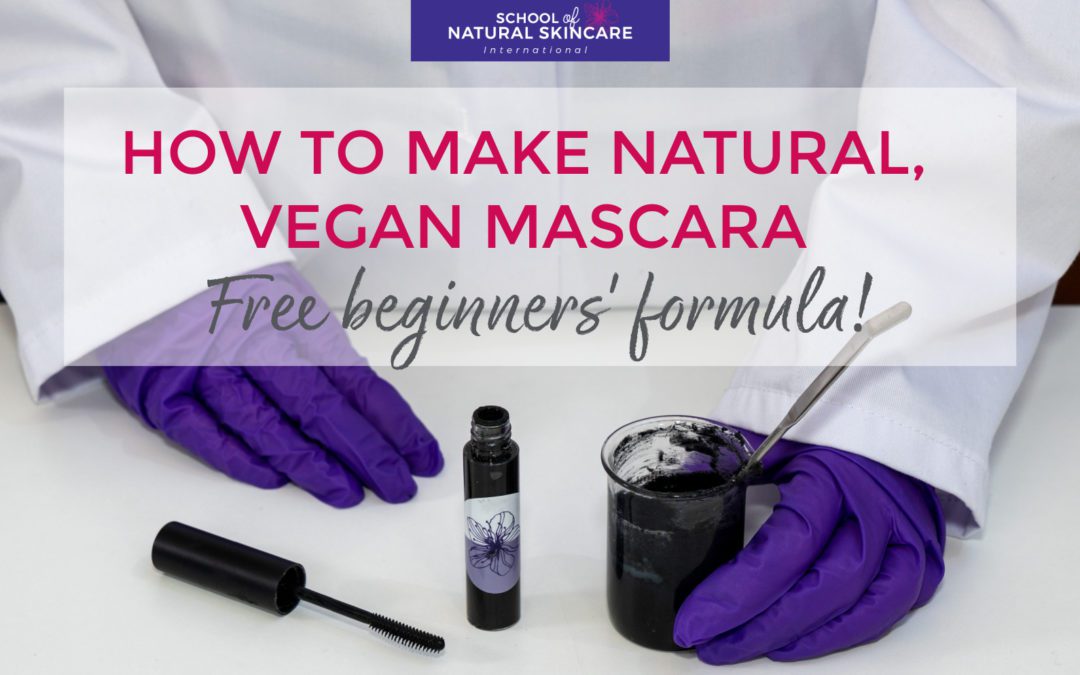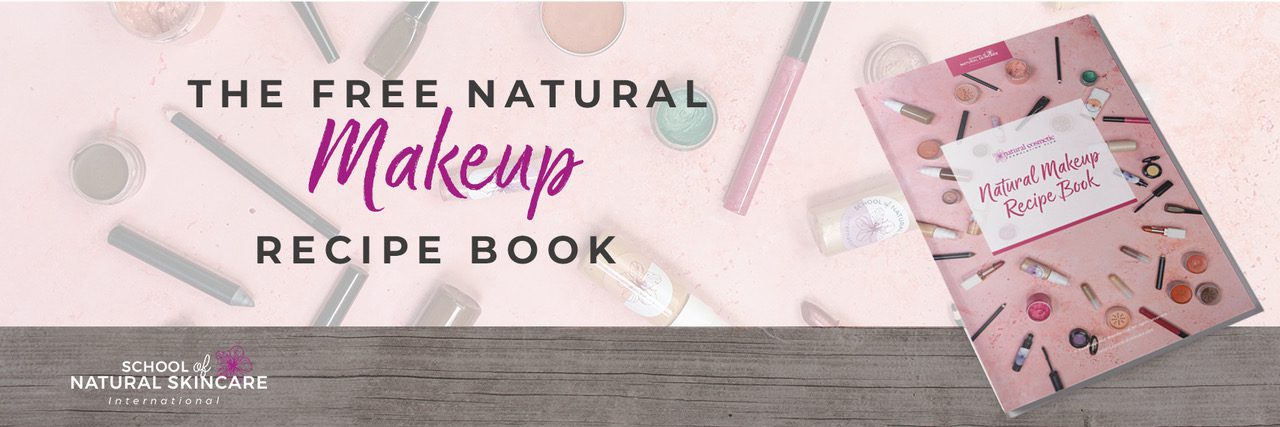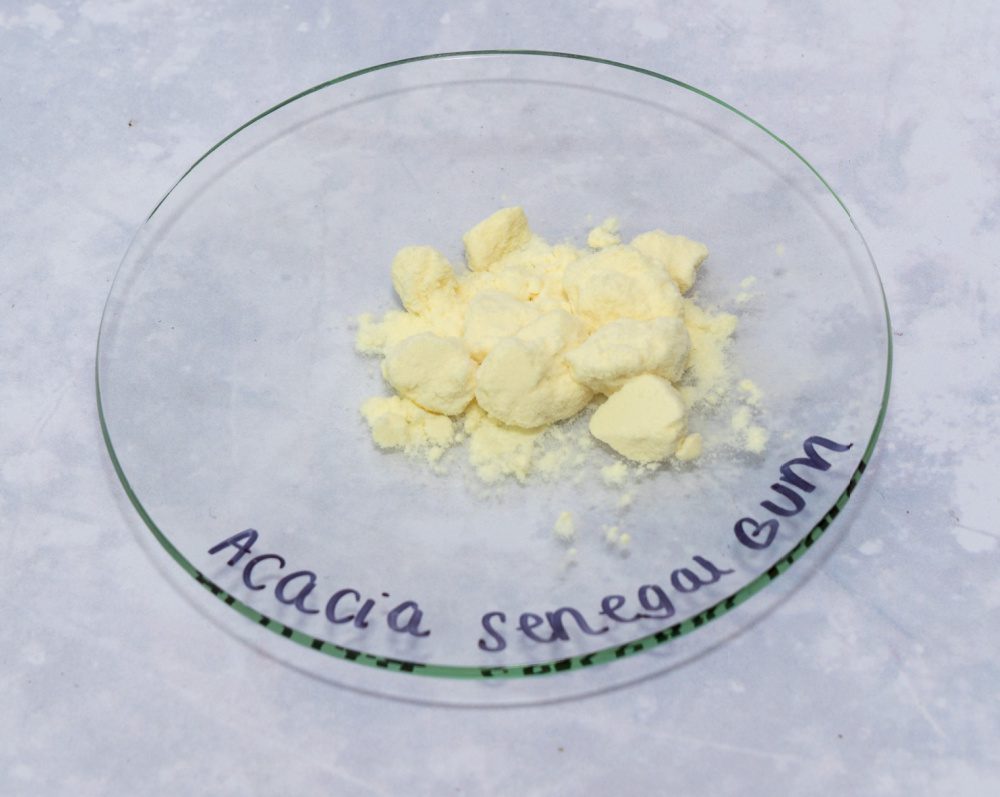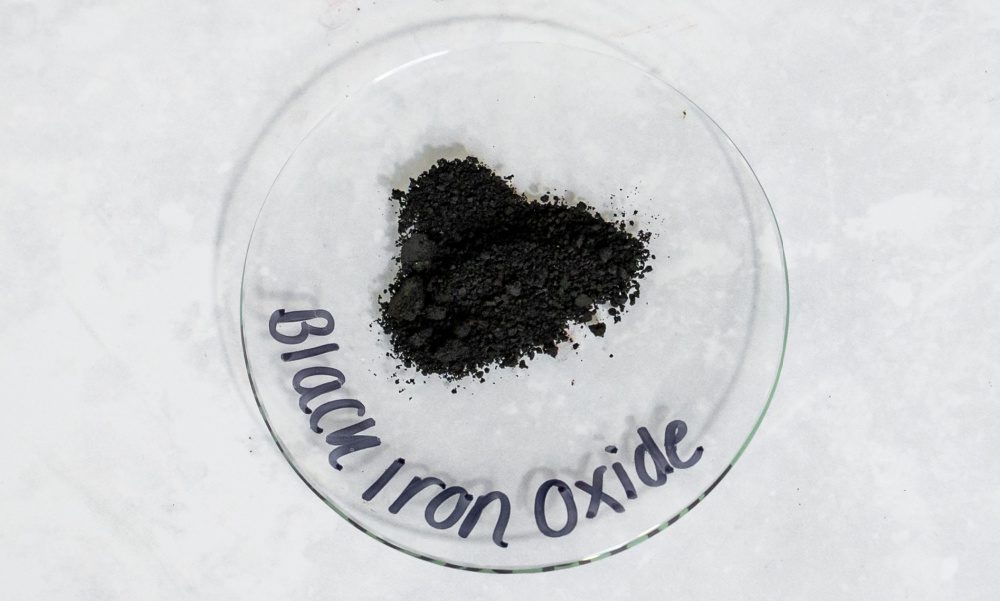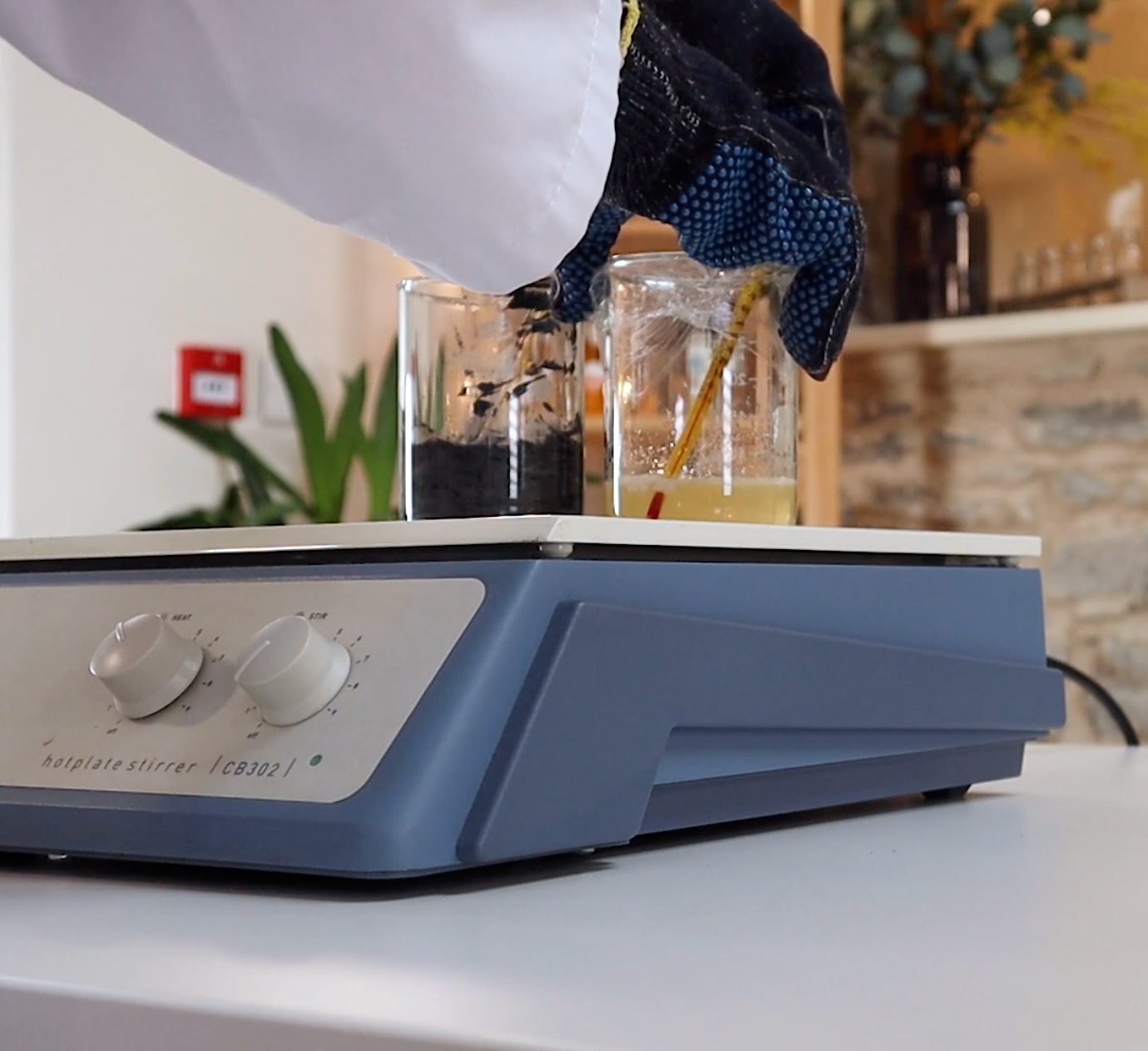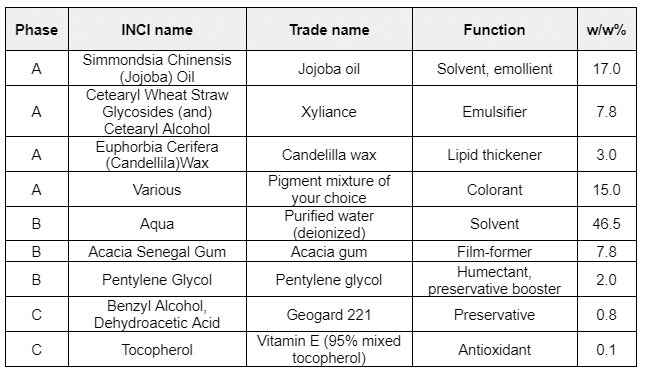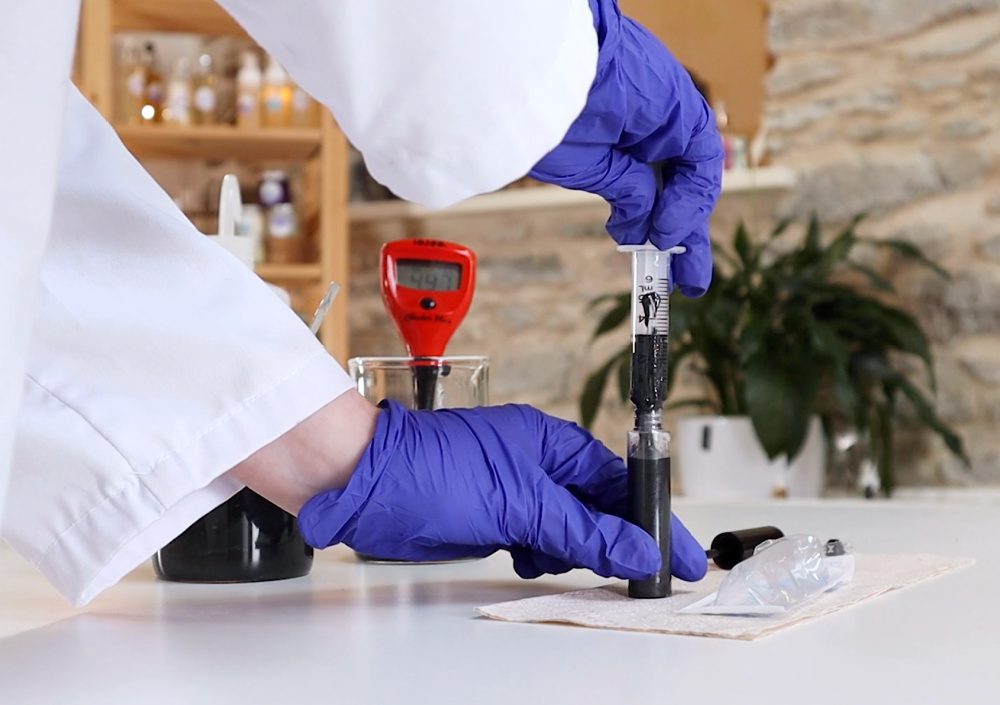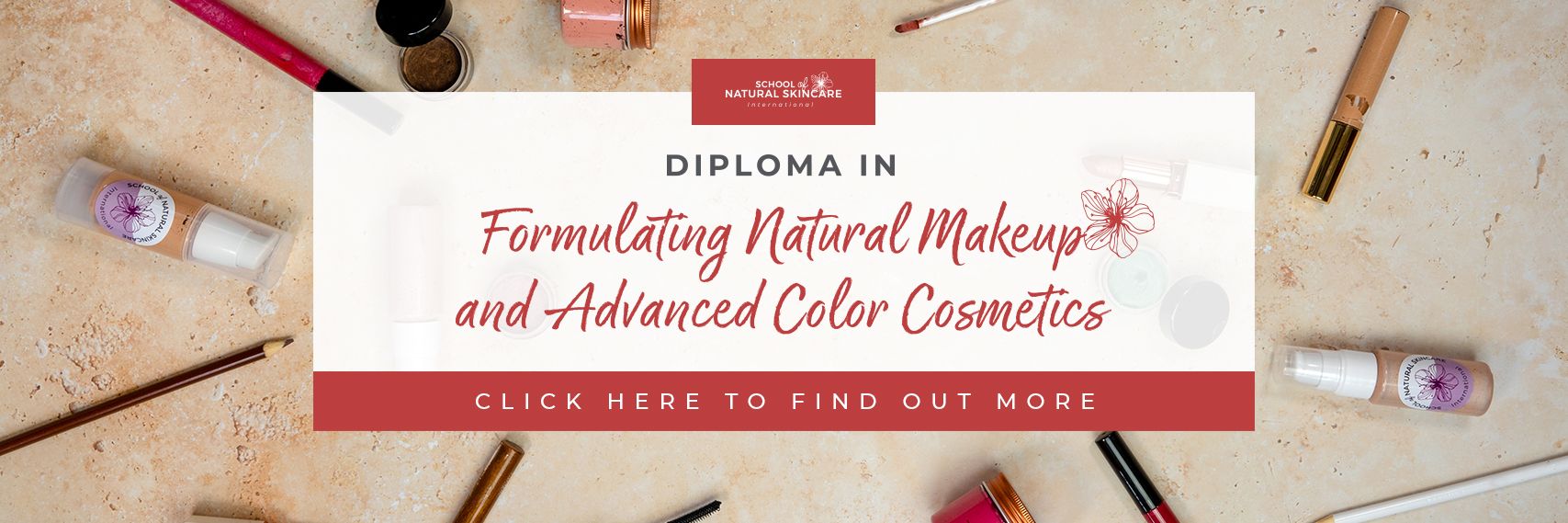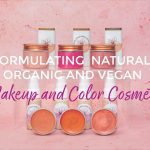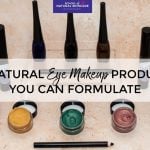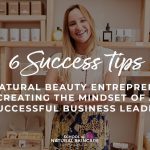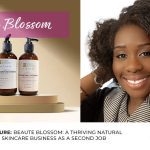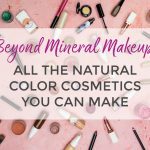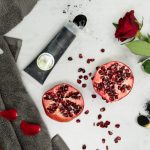Mascara as a product type is an emulsion that usually contains a high amount of waxes to make it very thick, and contains a water phase, an oil phase and an emulsifier.
Because of the high amount of wax in the formula, mascara can be tricky to make, since it has a very high viscosity as soon as it starts to cool down.
Here we are providing a natural and vegan beginners’ mascara formula. This is the perfect formula to start with and once you have mastered this you can move on to our advanced mascara formula, which we provide in our Diploma in Formulating Natural Makeup and Advanced Color Cosmetics.
When making a mascara, it is important to have all of your ingredients and equipment prepared and you should be ready to work fast. Make sure you follow Good Manufacturing Practices (GMP), too, including santizing your equipment and work area with 70% Isopropyl Alcohol (or 70% ethanol).
What ingredients are used to make mascara?
Besides basic emulsion ingredients (water, oil, emulsifer) and waxes, the following ingredients are also used to make mascara.
Film-former
Mascara can also contain a film-former – natural (or synthetic) polymers that create a protective film on the lashes. They will improve the staying power of the mascara and make the mascara somewhat smudge-proof. In natural products, acacia gum (gummi arabicum, acacia senegal gum) is used for this purpose, as it does not increase viscosity further, even when used at high percentages. Commercial non-natural products usually use very strong synthetic polymers (such as acrylates copolymer) that provide long-lasting and waterproof effects.
Some mascaras contain thin fibers (usually cellulose based, eg cellulose) to give more length to the lashes. Insoluble powders, such as mica, silica or even clay can be added to a mascara formula to create a volumizing effect.
Pigments
Different types of pigments can be used to add color to mascaras – most commonly dark matte pigments are used, such as black or dark brown.
Broad-spectrum preservative system
Since mascaras contain water, they need to contain preservatives. Because the product is used close to the eyes, any kind of microbial contamination could result in an eye infection, so it is very important to use a broad-spectrum preservative to preserve eye products.
Creating a full broad-spectrum preservative system by using a preservative booster and/or chelating agent in addition to a preservative blend is a good idea. You can find out more about this in our article, Creating a Broad-spectrum Preservative System for Natural Skincare Products. At the same time we need to make sure none of these ingredients irritate the eye.
Formulation example for beginners’ mascara
Product development questions
Product type:
Mascara.
Are you formulating to meet a particular standard or certification?
We are using natural ingredients, accepted by COSMOS. This formula is also vegan.
Who is your target audience?
People of all ages, looking for a natural mascara.
What is the purpose/function of your product?
To emphasize eyelashes, to make them bolder and longer.
What properties and qualities do you want your product to have?
High viscosity, highly pigmented emulsion.
What packaging will your product go in?
Mascara tube with a nylon or silicone brush applicator closure.
Which solvents are you using and why?
Purified water (deionized or distilled) as it is easily accessible and easy to use.
Which water thickeners are you using and why?
We are not using any water-phase thickeners. We are adding acacia gum as a film-former to provide longevity after application.
Which emollients are you using and why?
We are using jojoba oil as it is not prone to oxidation and it is not a very heavy or greasy oil.
Which lipid thickeners are you using and why?
Candelilla wax, as it is vegan and easily accessible.
Which emulsifiers are you using and why?
Xyliance, as it is a reliable natural emulsifier that also increases the viscosity of the product.
Which pigments are you using and why?
We are using various dark matte pigments – black iron oxide and brown iron oxides.
Which other ingredients specific to this product type are you using and why?
We are using Geogard 221 as the preservative since it is active and has a wider pH range than most natural preservatives. We are also adding pentylene glycol, a naturally derived glycol, as a humectant and preservative booster, to create a full broad-spectrum preservative system.
This formula passed professional Preservative Efficacy Testing, proving it is adequately preserved and safe for use.
Formula
Instructions
- Prepare your pigment mixture.
- Weigh all phase A ingredients into a beaker. Mix well with a spatula.
- Heat phase A to 75℃ using a water bath or hot plate.
- Weigh phase B ingredients and combine them in a beaker. Stir with a spatula or homogenize with a stick blender to ensure all the ingredients are fully combined.
- Weigh the phase B beaker. Record this weight to be used for water loss calculations later. Alternatively, you can cover the beaker with plastic wrap or a silicone cover to prevent evaporation.
- Heat to phase B to 75℃ using a water bath or hot plate.
- Once both phases are at the required temperature, remove Phase B from the heat and weigh this beaker. Calculate the difference between this weight and the initial weight. This value represents water lost through evaporation. Add this amount of water lost back into the beaker.
- Blend phase B with a stick blender until smooth.
- Add phase B to phase A and mix with a stick blender until the phases are uniform and an emulsion is formed.
- Leave the batch to cool to 50℃, stirring occasionally to help the batch cool consistently. Alternatively you can leave this to cool on an overhead stirrer set to low (60rpm).
- Once the batch has cooled, add phase C ingredients to the main beaker, one by one, stirring well with a spatula between each addition.
- Check the pH and adjust if necessary.
- Fill your product into the selected packaging. To transfer the mascara to a tube with a narrow opening, it might be best to first transfer the mascara into a syringe, and then into the tube from there.
Product specifications
Appearance: Opaque, thick emulsion.
Viscosity: Thick, high viscosity emulsion.
Color: Various, dark colors.
Odor: Not noticeable.
pH: 4.5-5.0. The pH of our product was 5.1 which we adjusted to 4.6 using 0.1% of a 30% citric acid solution.
Next steps
We hope you enjoy practicing making mascara with our beginners’ formula! For our advanced mascara formula plus guidance on making a wide range of advanced natural color cosmetics, take a look at our Diploma in Formulating Natural Makeup and Advanced Color Cosmetics.
This comprehensive, online course teaches you how to formulate a complete natural color cosmetics range including lip products, eye makeup, blushers, bronzers, highlighters, foundation and concealer. We know you’re going to love it!

